Try This Hair Hack for Your Next Half-up Hairstyle
Try out this hair hack for your next half-up hairstyle. It only takes a few minutes and basic materials to add some flare to your look. Let’s get started!
Tools and materials:
- Brush or comb
- Hair elastics
- Claw clip
- Hair tie
1. Part your hair and separate 2 front sections
Use a brush or comb to make a clean, center part. Then separate the hair in front of each ear.
2. Clip up the rest
Use a claw clip to temporarily clip up the rest of your hair behind your head.
3. Join the front sections in the back
Pull those front sections back, creating a smooth finish in the front.
Join the tails in the back with a hair elastic, flush to your head/neck.
4. Make a braid with intermittent bubbles and repeat
Let down the hair from the claw clip. Then grab a small section of hair, adjacent to the smooth front section, and start braiding.
Add a few elastics along the way and gently pull the hair between the elastics to create bubbles.
Then continue braiding until you’ve reached the end of the hair, tying it off with a final elastic.
Repeat on the other side.
5. Make a half ponytail
Collect some of the hair, excluding the braids, into a high half ponytail, and secure it with a hair tie. Pull it to tighten.
Here’s the final, half-up hairstyle:
Bubble braid half-up hairstyle
This playful, half-up hairstyle is cute and easy to achieve! You can opt for clear elastics to make them disappear or even go bold with some colorful ones.
For another cute look, check out this easy way to add a bow into your hair.
Follow me on Instagram: @ayseacun
Follow me on TikTok: @ayseacun
Enjoyed the project?
The author may collect a small share of sales from the links on this page.








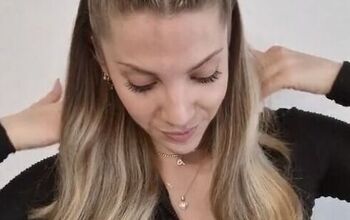


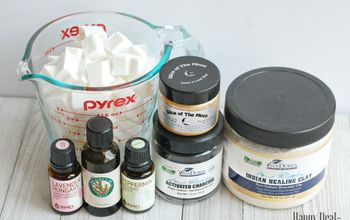








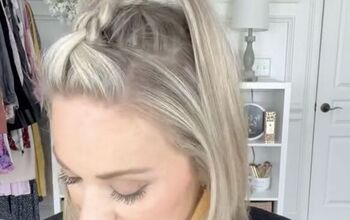


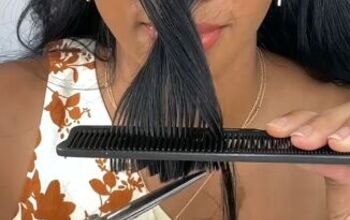
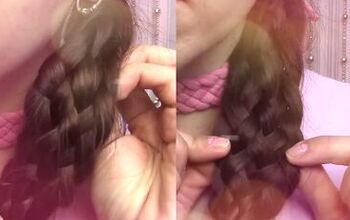
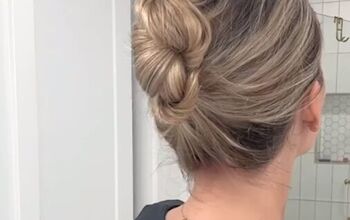
Comments
Join the conversation